[adthrive-in-post-video-player video-id=”wZe0WMFY” upload-date=”2019-11-04T18:45:45.000Z” name=”10 Simple Ways to Reduce Waste” description=”There are small things that we can do each day to reduce the amount of waste we produce and live a more minimalist sustainable lifestyle.”]
Before we dive into today’s topic, I want to tell you right off the top—I am not perfect at doing any of these things, so I’m not going to stand here and preach to you that I do all these things all of the time. I don’t. But, I’m challenging myself to be better and I’m challenging you to do the same thing.
Let’s start with single-use. There are so many things out there that are single-use; when we’re done using them, we just toss them away. Whether that be in the garbage or recycling bin, neither of these options is ideal. A Perfect example we’ve all heard about lately is the straw. It’s something that we could very easily not use. There are definitely alternatives out there if you feel the need to use a straw. It’s just a matter of us making the conscious decision to not use it. The other note is this whole idea of reducing, reusing, and recycling. The first thing we’re supposed to do is reduce! Reduce the amount of stuff that we’re using, buying, consuming, and throwing out so that it stays out of the landfill. Recycling is the last option, and these days, it’s not a great option. That said, let’s get right into 10 ways you can reduce the amount of waste your household produces and live a more sustainable lifestyle.
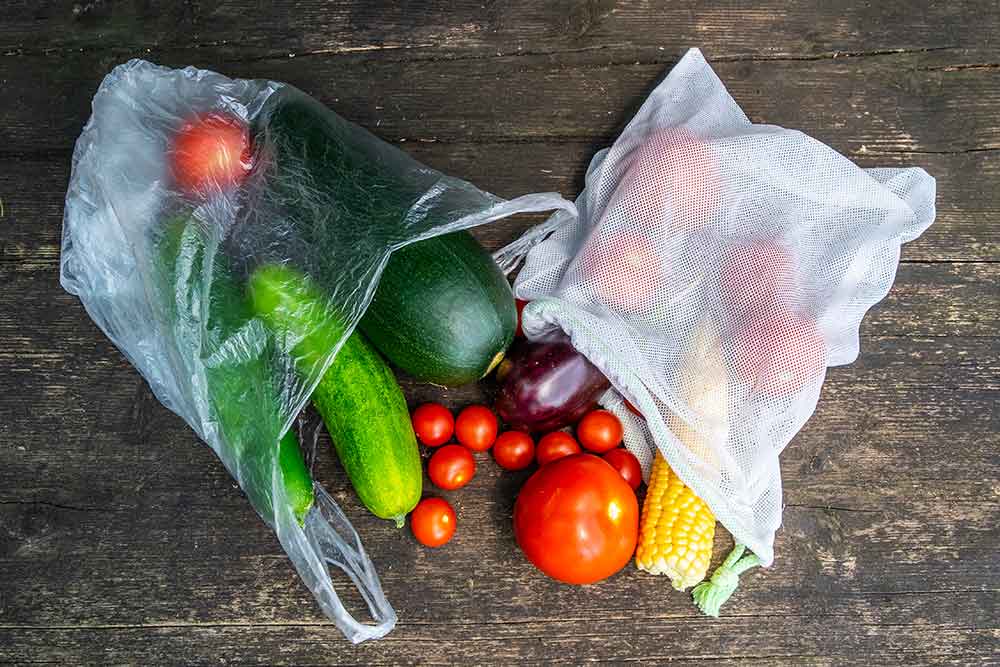
Food Packaging
Topping the list of the most common sources of household waste is food packaging. There are a lot of foods that come in packages, but, there are many foods that you can choose to buy unpackaged. For example, fruits and vegetables. I don’t see why we feel the need to put everything in a clamshell or plastic bag. If you want to put them in produce bags, you can get reusable mesh and washable produce bags. If you want to buy food that is available in bulk, you can increasingly bring your own containers to the store—they will measure them and then you can go ahead and fill them up. I know in Toronto there are actually a few stores that you can go to that are completely waste-free. You just bring your own stuff and leave with your own containers filled up. I hope to see a lot more of this.
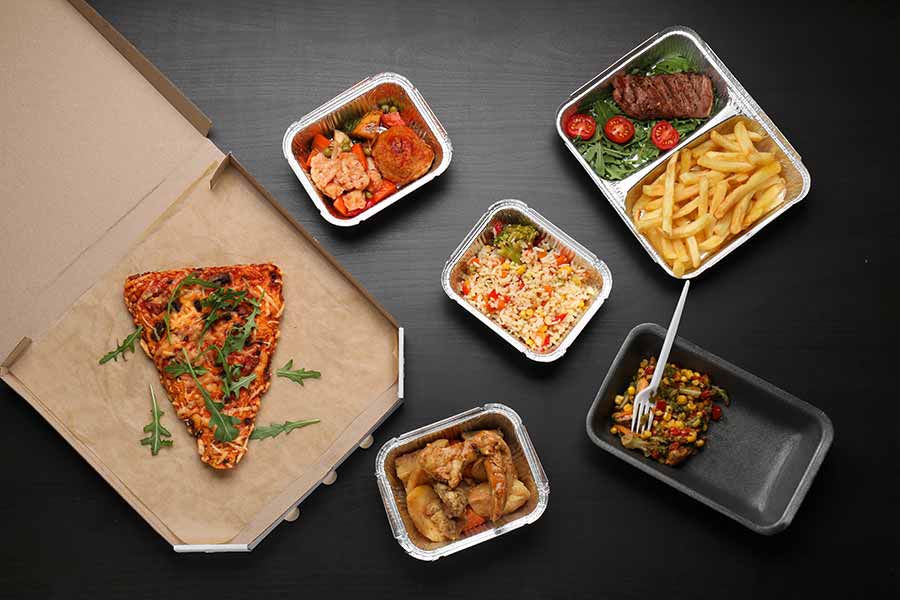
Takeout
Ordering food in or taking food out is something we all do from time to time. That said, for many restaurants, when you finish eating you’re left with a ton of disposable single-use trays and/or containers. It’s a bit crazy looking at the amount of waste that is generated from just one meal. We’ve actually stopped ordering from a number of local restaurants for this reason alone! At the very least, because I know sometimes you can’t avoid ordering takeout, ask them not to give you any packed up condiments that you won’t use, or any plastic cutlery that you for sure have at home.
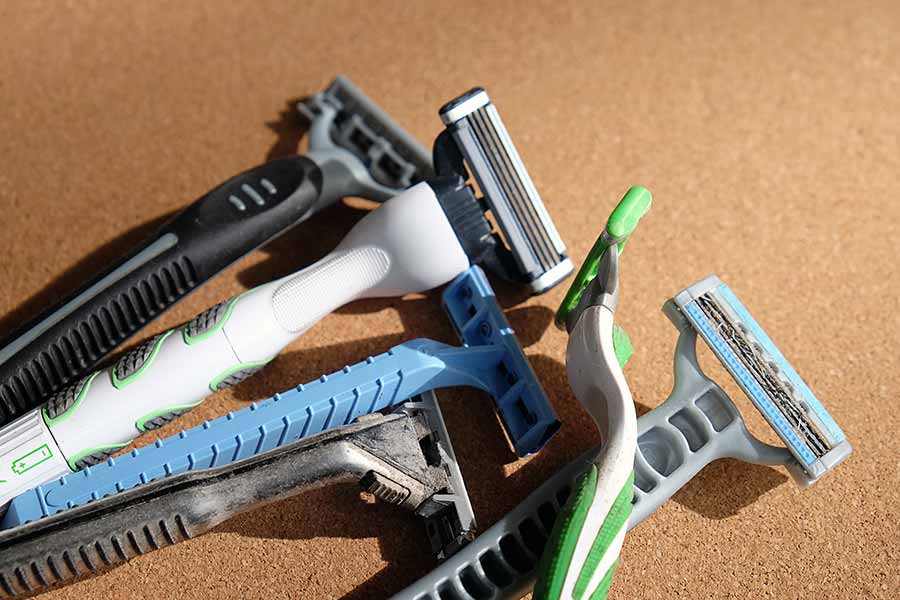
Razors
Last fall, I met these two girls from British Columbia who were creating their own beautiful line of metal safety razors. I was terrified of this concept, but I ended up getting one anyway, and I have not touched a disposable razor since! Once I got used to the transition (and I understood how to use them), it was a no-brainer. First of all, you get a better shave. Second of all, the blades are recyclable (and cost less than $1 to replace). And finally, I haven’t had to throw out one piece of plastic (think: packaging and handle) since making the transition.

Milk
There are several popular ways of selling milk—plastic jugs, cardboard cartons, and in Canada, milk bags. The problem with all of these is that in one way or another something ends up in recycling and/or a landfill. A sustainable way to get your milk is the way they used to do it in the olden days—glass milk bottles! You buy your milk in a glass bottle (which includes a deposit for the glass), and when you’re done you bring it back to the grocery store (buy a new one and roll-over your initial deposit), who will, in turn, return it to the manufacturer who will reuse it. This is pretty common in larger cities but one hopes the trend will spread to communities everywhere.

Napkins
When food is served at my house, we don’t grab paper napkins anymore because we transitioned to cloth napkins. We’ve been doing this for 3+ years and we love it. Are they a little more work to deal with? Yes. But you know what? They work perfectly well at mealtime for wiping up my greasy fingers and Riley’s tomato-y spaghetti mouth, and when we’re done with them, we just throw them in the wash. This has saved so many napkins and/or paper towels from going into a landfill. It’s such an easy thing to do! There are a ton of options out there in terms of color, style, and cost, I don’t understand why disposable would be an option over using something like a simple and very efficient cloth napkin.
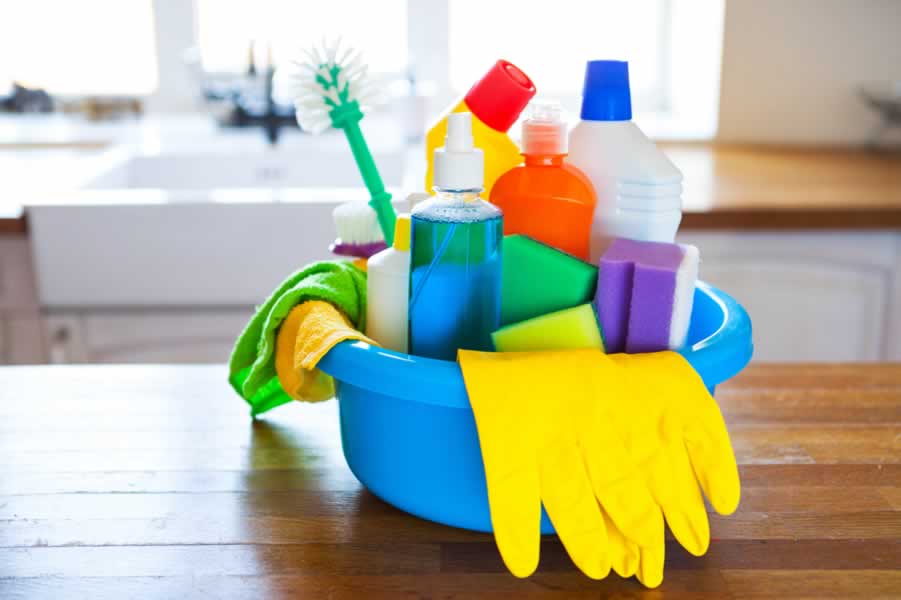
Cleaning Product Bottles
A quick look at our soap and detergent bottles tells me there are definite ways that we can reduce the amount of stuff that we’re throwing away. Again, whether it’s in the garbage or recycling. Often times you can buy refills in plastic bags that you can then use to refill plastic dispenser bottles. While you might think, “Well, the product is still coming in a plastic bag.” Listen, that plastic bag might give you 5 refills for that 1 spray bottle instead of you having to buy 5 more spray bottles leading to 6 spray bottles instead of 1 spray bottle and then a bag with 5 doses of product in it. Another thing you can look at doing is picking up concentrates, which is a great way to add a capful to a spray bottle filled with water and perhaps that 1 bottle contains 60 capfuls—you’re getting a lot more bang for your buck, and you’re having to throw out less waste. Ultimately, that’s what we’re trying to do here at the CMS HQ, and even when you’re making your own products, you don’t necessarily have to go out and buy new spray bottles. Why not reuse some of the better quality spray bottles that you have from store-bought products?

Batteries
Between having a baby with a bunch of musical toys, and filming YouTube videos on the regular (we use battery-powered mic packs), we are big fans of rechargeable batteries. If we weren’t, we’d be chucking batteries out all the time. We have about a dozen rechargeable batteries and two battery chargers. We plug them in, we pop our reusable batteries in there, they charge up and we just replace them when toys die or in the case of filming, we replace them before every shoot. This is more cost-effective and much better for the environment.

Coffee & Water
Many people assume that coffee cups are recyclable… they aren’t. Purchasing reusable coffee cups and water bottles is so easy, and can make such an immediate impact, it’s a shame we aren’t all doing it. A simple stainless steel mug or water bottle can save so much plastic and paper waste. I carry my water bottle around everywhere—if you see me on the street, there’s a good chance you’ll see me with my water bottle. I fill it up probably three times a day. In fact, I have one for water, and one for other beverages so my water still tastes pure. That’s a great tip if you’re concerned about your water tasting like coffee. Yes, it’s one more item to purchase, but you’re not wasting a paper cup every day. That’s 365 cups and lids (and maybe sleeves) you’ll be saving from a landfill if you’re a daily coffee/tea drinker.

Disposable Dishware & Cutlery
In the warmer months, BBQs, pool parties, and other outdoor events happen almost weekly. And these events can be overwhelming! Whenever we go to these events here’s typically what happens: the host has been working on putting this party together all day, they’re tired, they want to hang out with their friends and family, so, when it comes time to eat… out comes the plastic cutlery, paper plates, plastic cups, and paper napkins. All of this stuff eventually ends up in a big garbage bag (or bags!) and sits in the garage waiting for garbage day. Chad and I have decided that we’re going to try and do things differently this year. We’re going to invest in some inexpensive reusable (agave or bamboo is what we’re trying this year) plates and cups that we can use to host family and friends at our frequent pool parties. We want people to come over, but we don’t want to be filling up huge bags of paper and plastic waste.
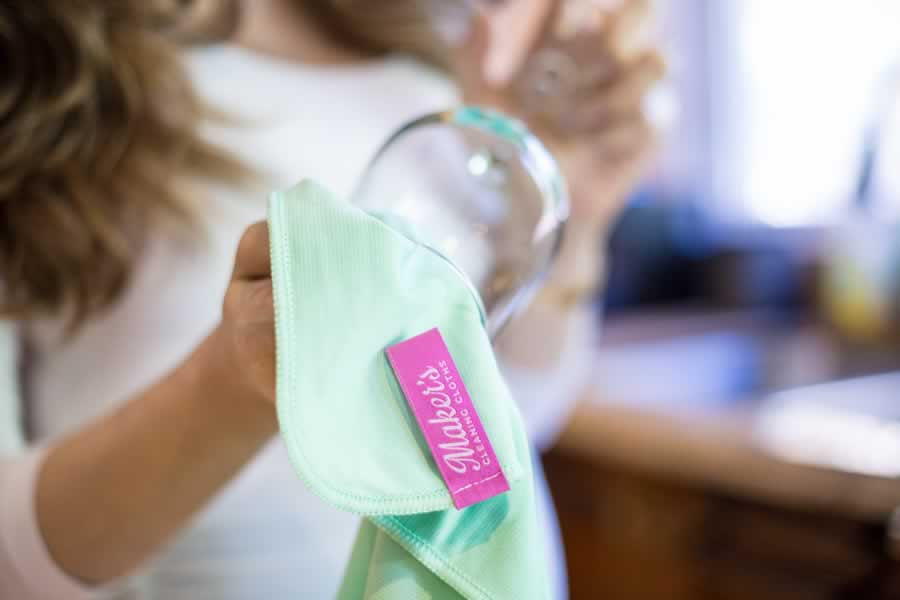
Cleaning Tools
When it comes to cleaning tools, one of the biggest changes that we can make as far as I’m concerned is switching out our cleaning tools that are disposable, or single-use, to cleaning tools that have multiple uses in them. The best example I can think of is microfiber cloths. The reason I love them so much is that every time I use a microfiber cloth, I can use it several times before I have to launder it. I know it’s not going to smell. I know it’s absorbent. I know it’s going to get rid of streaks and marks. And, when I’m done using it, I don’t throw it in the garbage. Whereas a disposable rag, single-use mop pads, or paper towels—these things all end up in a landfill. You can reuse microfiber cloths so many times, just think about how much a microfiber cloth can save, both in terms of waste and dollars!
Looking for a BETTER & EASIER Way to Clean Your Home?
Cleaning Expert Melissa Maker is here to help with her game-changing 3 Wave Cleaning System that will help you clean your house faster and easier than you ever thought possible!





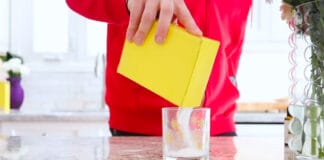












oooooooh
I made my own produce bags from a “Swedish furniture store” that had cheap mesh curtains for $5 . I used the cardboard that came in the package as a pattern template . I still have a whole panel I use to isolate ant mosquitoes in summerfrom coming through a doorway.
Everyone is so obsessed with planting trees to save us from global warming, where if they were to implement the solutions in this article it would have a far greater impact on the world!
Brilliant tips. All of these are very achievable for an average person (or business!) too. We can all do our bit. And microfibre cloths really are great!
This is the fantastic way to reduce waste. We have to reduce the usage of plastic. We have to reduce waste so that we can make our earth a happy place to live.
I agree about using cloth napkins. We actually have 7 children, so it’s a bit costly to purchase so many. Instead, I bought some inexpensive white washcloths. They’re cheap, absorbent, and easy to wash. We throw them in a Dollar Store bin and grab them at mealtime. We try not to use them with guests though – they are washcloths, after all!
Thanks for the tips…I’ve enjoyed your site 🙂